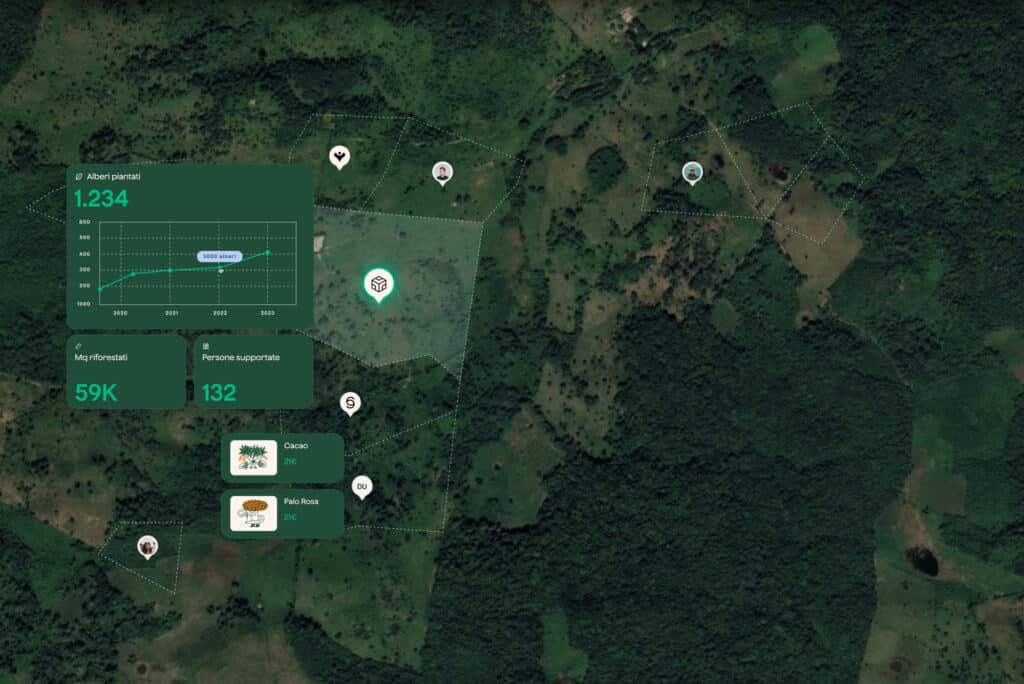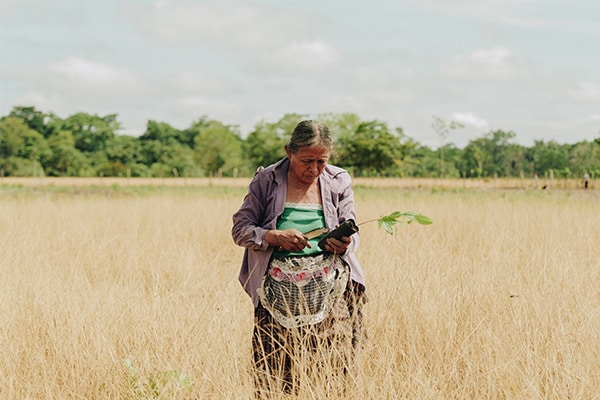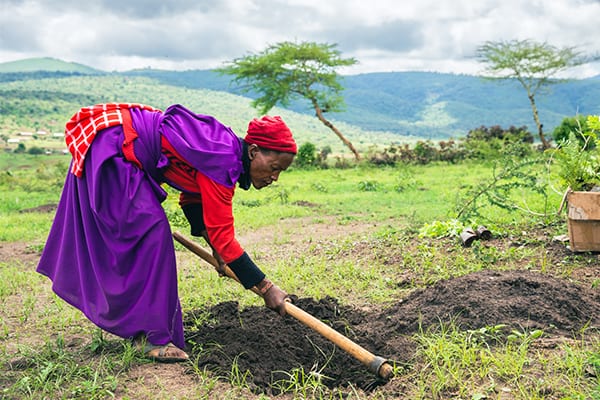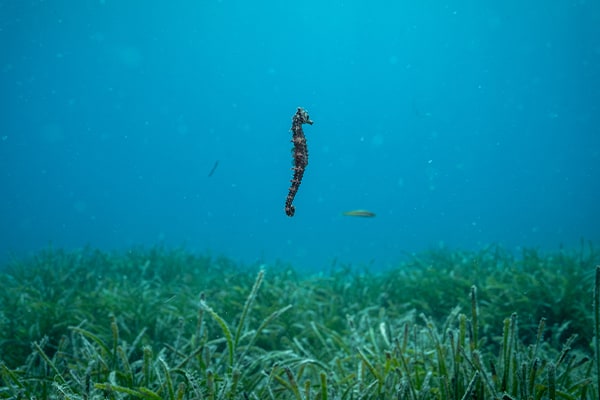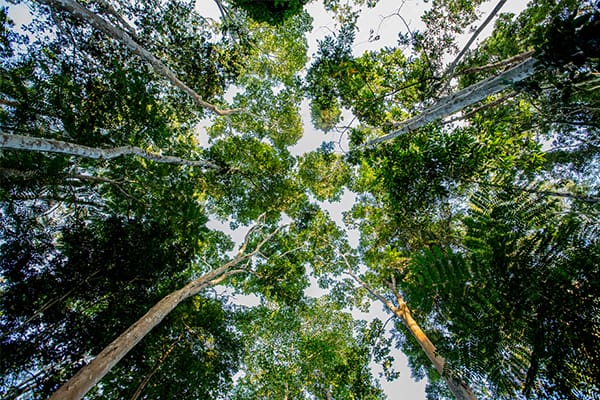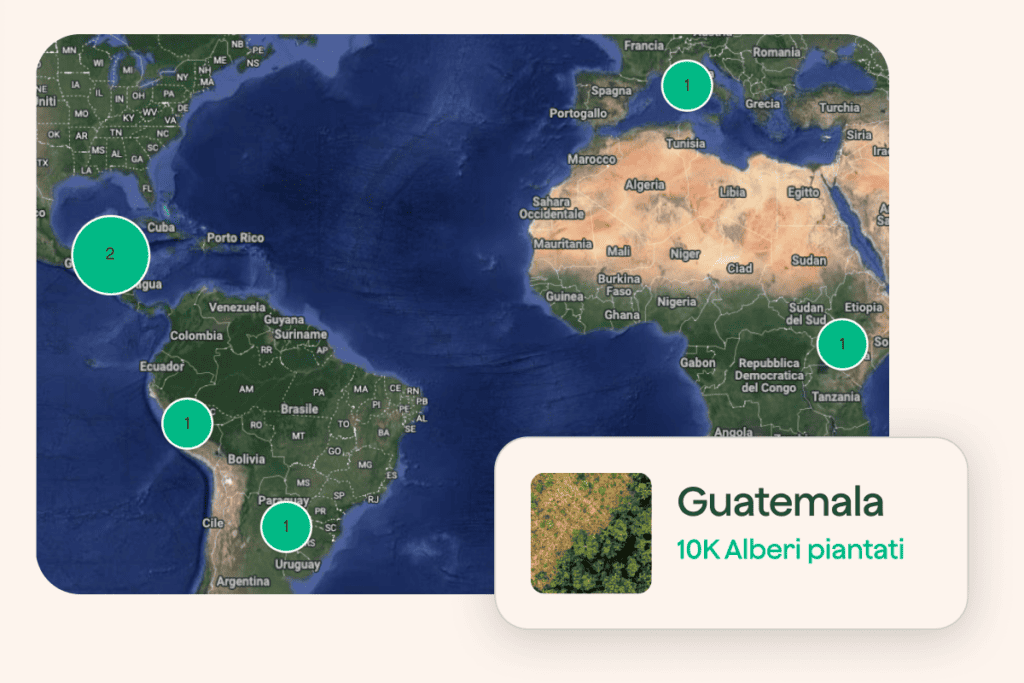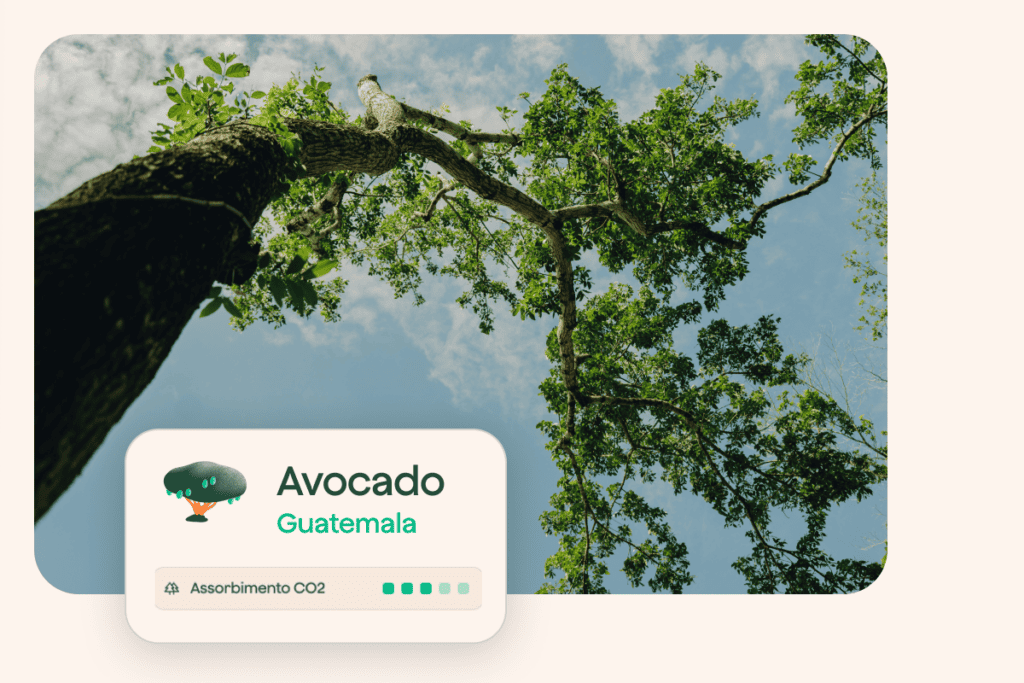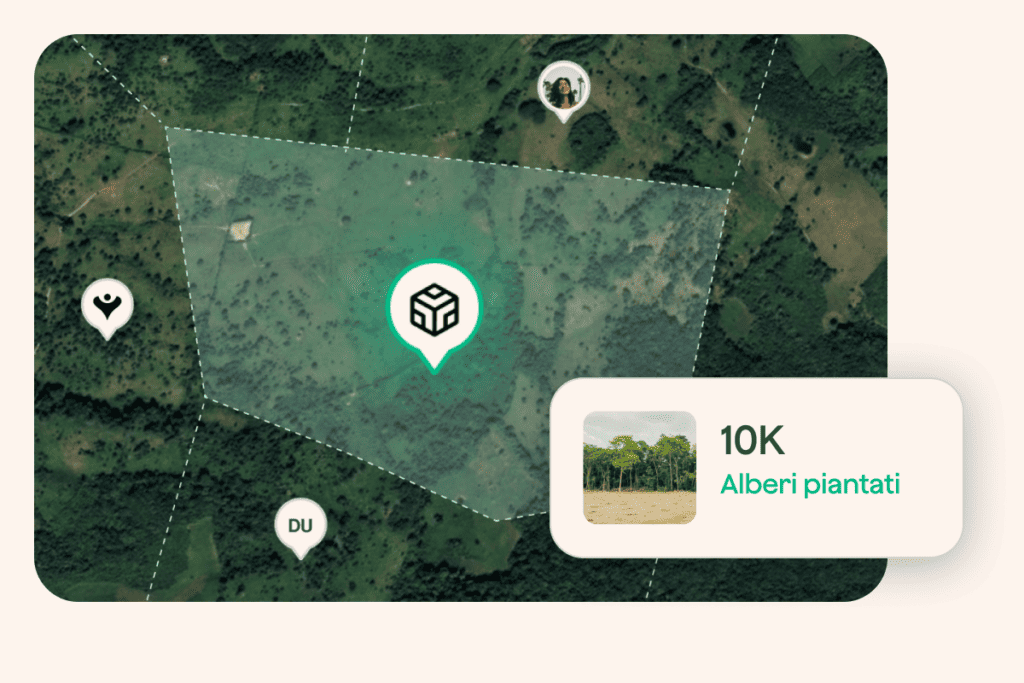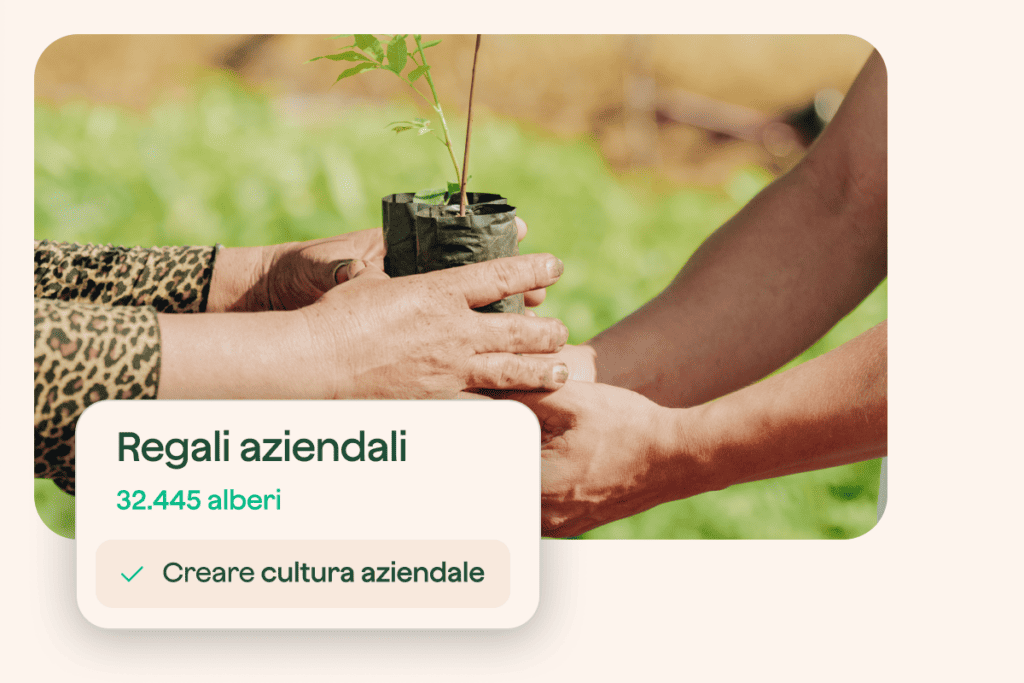Circular economy is an economic model that resembles a closed circle in which resources are deployed to their maximum potential and waste is minimised. In a circular economy, the environmental impact of production and consumption is greatly reduced.
The principles of the circular economy
- In a circular economy, products are designed to be durable, easily repairable and upgradeable. Repair, reconditioning and remanufacturing are incentivised, thus reducing the need to produce new products.
- The resources needed for production in a circular economy are sourced sustainably whereby waste and inefficiency are minimised;
- According to the principle of the 3Rs – reduce, reuse and recycle – a circular economy aims to reduce waste generation.
Read more
The notion of circular economy aims to decouple economic growth from excessive resource consumption and environmental degradation. This economic system is a far cry from the classical linear model originated by the industrial revolution, with the shift towards mass production and consumption. The linear model dominated economic thinking for most of the 20th century and began to attract strong criticism around the 1950s-60s with the emergence of large environmental movements. Growing concerns about the impacts of pollution, waste and resource depletion highlighted the need for more sustainable economic models.
At the beginning of the 21st century, architect William McDonough together with chemist Michael Braungart coined the ‘cradle-to-cradle’ concept, the first offshoot of the circular economy idea, then popularised in 2010 by the Ellen MacArthur Foundation.
Over the past two decades, the circular economy model has gained global recognition both from governments issuing new legislative proposals such as the Circular Economy Package adopted by the European Union in 2015 and from businesses. The circular economy can be regarded as a critical approach to addressing environmental challenges, resource scarcity and waste management in the context of the climate crisis.

